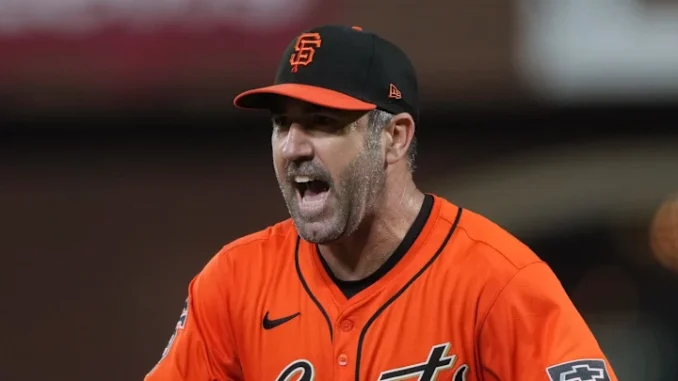
The San Francisco Giants wrapped up their season with a perfectly average record: 81 wins and 81 losses. Finishing exactly at .500 symbolized a year of stagnation rather than progress. The team flashed moments of promise but lacked the consistency required to remain competitive in the playoff race.
Now, as the offseason begins, pressure is mounting on the front office to shake things up. The fanbase expects action and improvement, not another year of treading water. For the franchise to return to contention in a highly competitive National League, changes are not optional—they’re mandatory.
Kerry Miller of Bleacher Report recently outlined several possible moves the Giants could make to bolster their roster, and one of his strongest beliefs is that San Francisco must add another reliable starting pitcher. The Giants already have two strong arms at the top of their rotation—Logan Webb, who continues to be the anchor of the staff, and a returning Robbie Ray, who should be back to full strength after recovering from injury.
However, beyond those two, the rotation is filled with uncertainty. Depth is thin, durability is questionable, and the team cannot afford to enter 2026 hoping that internal options suddenly transform into dependable starters. Miller argues that the Giants need a proven pitcher who can slot into the third spot in the rotation without hesitation.
Complicating matters is that Justin Verlander, who had been a potential target, is hitting free agency. Signing a premier veteran pitcher in the open market would cost significant money, and the Giants already project to have a heavy luxury-tax payroll.
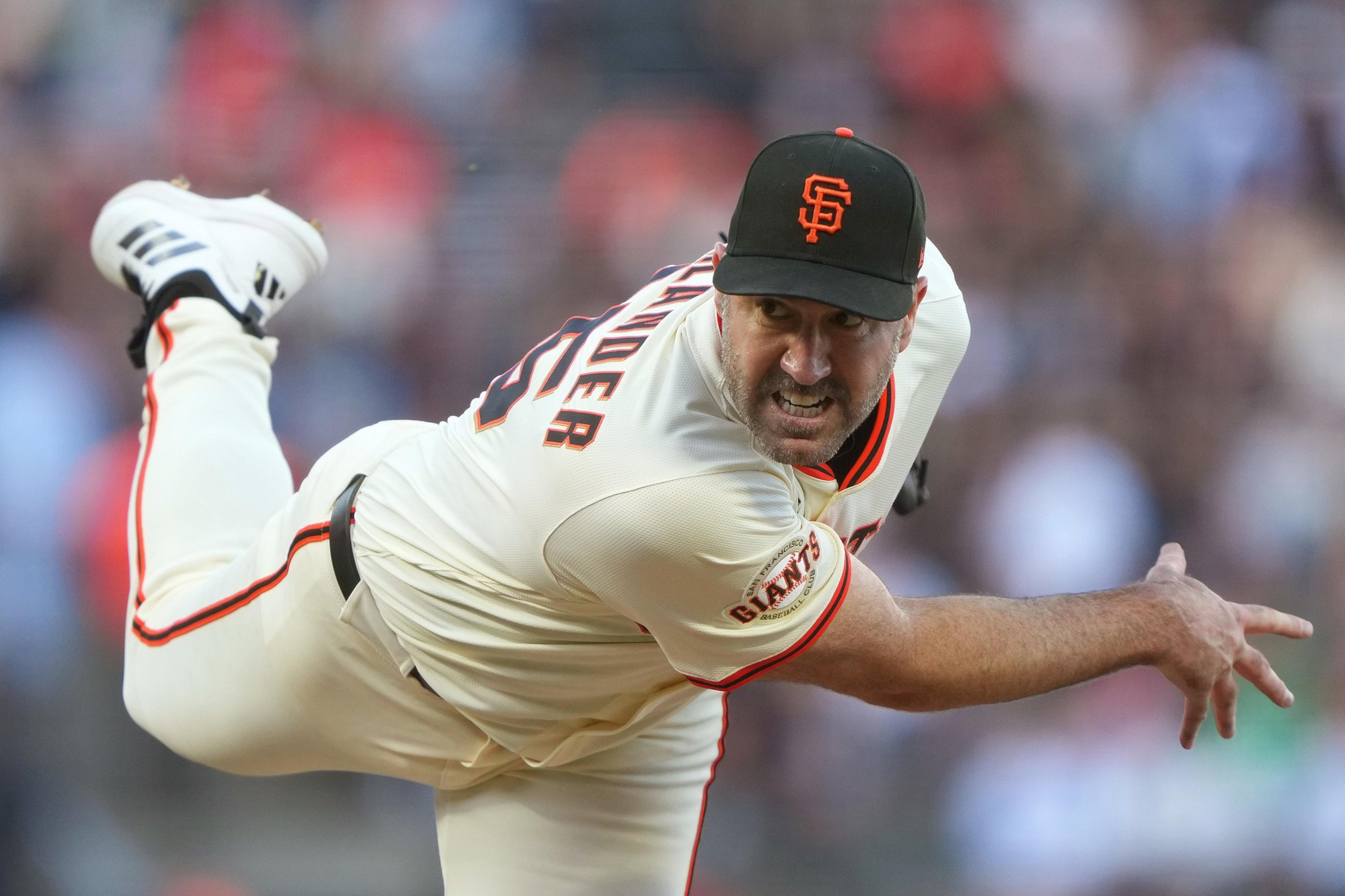
With six players making over $18 million each, adding another expensive veteran could limit the team’s financial flexibility. That’s part of why Miller suggests that the Giants should explore the trade market rather than rely solely on free agency. A trade may allow them to address rotation needs without committing massive long-term dollars.
Miller’s proposal is bold: a three-team trade involving the Giants, Cincinnati Reds, and Miami Marlins.
Here’s the trade breakdown:
Giants receive: RHP Brady Singer (from Cincinnati) and RHP Janson Junk (from Miami)
Reds receive: Outfielder Heliot Ramos (from San Francisco)
Marlins receive: Shortstop Edwin Arroyo (from Cincinnati)
At first glance, the idea of acquiring Brady Singer may surprise some, but there’s a strategic logic behind it. Singer is coming off a strong season with Cincinnati, serving as one of their most reliable starters throughout the year. During the 2025 campaign, Singer posted a 14–12 win-loss record paired with a 4.03 earned run average.

Over the course of 169 innings, he struck out 163 batters and delivered a respectable 1.238 WHIP, signaling that he doesn’t let many hitters on base and can handle a significant workload. He’s not an ace, but he doesn’t need to be one in San Francisco. With Webb and Ray in place, Singer would slot seamlessly into the third-starter role—exactly where his skill set fits best.
Miller notes that Singer could become expensive for Cincinnati. The pitcher is entering his final year of arbitration and is projected to earn somewhere between $12 million and $13 million. For most teams, that is a reasonable amount for a mid-rotation starter. But for the Reds, who operate with a tighter payroll and who already have several promising young arms, Singer might be viewed as an expendable luxury—especially if they can flip him for an offensive upgrade. Heliot Ramos, who the Giants would be surrendering in the deal, fits that mold. Ramos has power, upside, and multiple years of club control remaining. Cincinnati is seeking offensive consistency, particularly in the outfield, and Ramos could become their everyday starter.
In the proposal, the Miami Marlins receive shortstop Edwin Arroyo from the Reds. Miami continues to look for long-term solutions at shortstop, and Arroyo brings the upside of a young, controllable, defensively strong middle infielder with developing offensive tools. For the Marlins, it is a move geared toward building the future rather than trying to make an immediate splash.
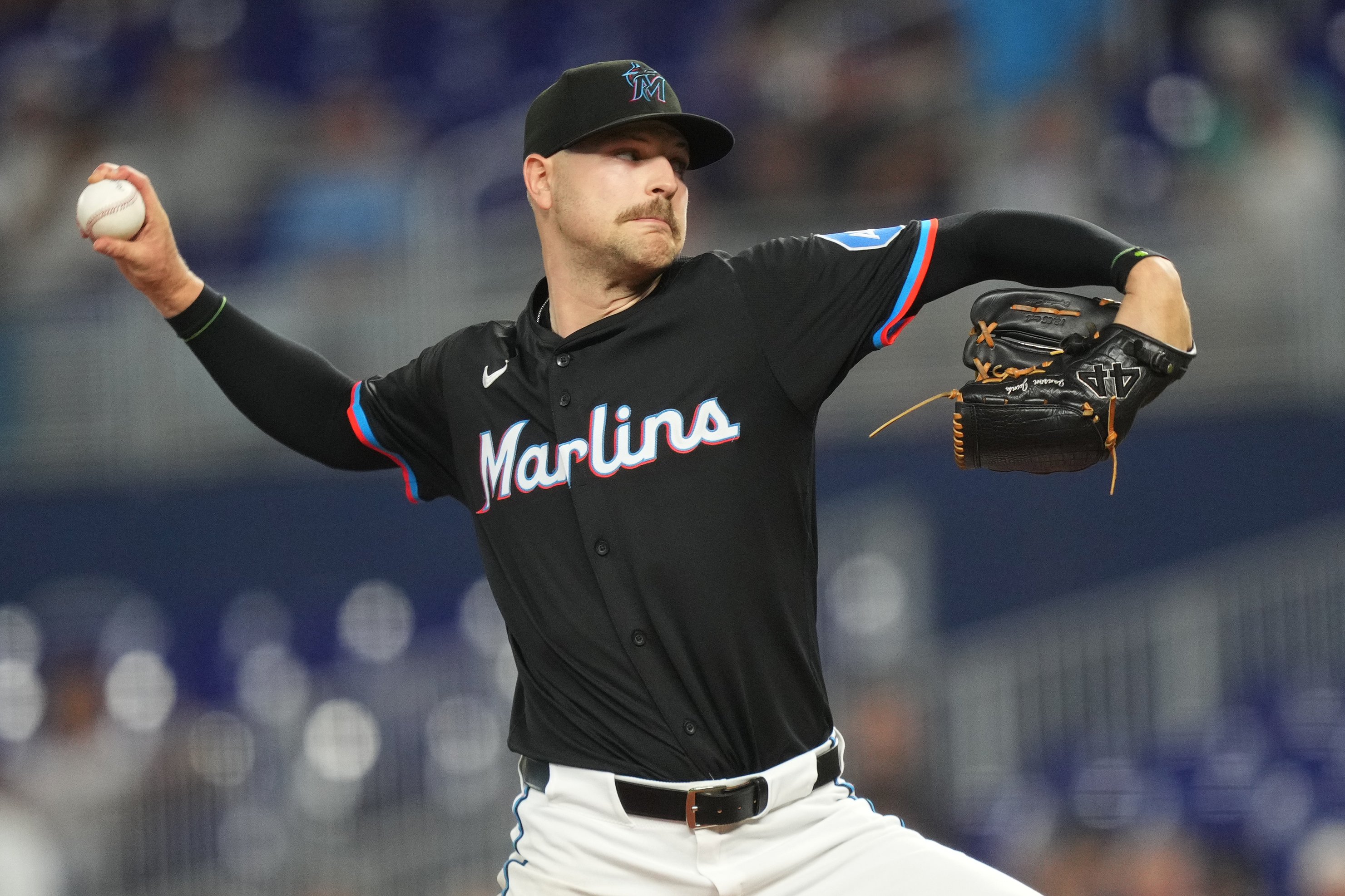
While the Reds and Marlins make logical gains in the framework of the trade, the primary focus is what the Giants stand to gain. Acquiring Singer would significantly stabilize the rotation. Instead of entering the season hoping that young or inconsistent arms step up, the Giants would be buying certainty. Singer doesn’t just eat innings—he brings competitiveness, durability, and the ability to keep his team in games. If the Giants’ pitching coaching staff works with him to refine his command and reduce the number of baserunners, there is a strong possibility that both his ERA and WHIP could drop even further. He has shown flashes of being even better than his 2025 results suggest.
San Francisco would also receive Janson Junk from Miami, a right-handed pitcher who could serve as depth or fill a swingrole between the bullpen and the rotation. While Junk is not the marquee piece of the deal, his presence adds value. Every contender needs pitching depth—arms who can make spot starts, cover innings, or absorb the workload during stretches when injuries inevitably hit. Junk would give the Giants that insurance.

The difficult part for San Francisco revolves around losing Heliot Ramos. Ramos took meaningful strides recently, flashing the offensive production and defensive reliability that the organization always believed he possessed. In many ways, trading a young, talented outfielder who is finally figuring things out is painful. However, the Giants are not short on outfield depth.
They still have Jung Hoo Lee, who is expected to return healthy after suffering an injury that derailed his 2025 campaign. Luis Matos has continued to develop into a quality contributor, showcasing encouraging plate discipline and versatility. And Drew Gilbert has emerged as one of the brightest young talents in the organization, demonstrating patience and power from the left side of the plate. Because of that depth, the Giants could absorb the loss of Ramos without completely thinning their outfield options.
That’s what makes the idea so compelling: the trade would solve a pressing need—adding a high-quality starter—at the cost of a player from an area of surplus. The Giants have outfielders. What they don’t have right now is enough reliable pitching.
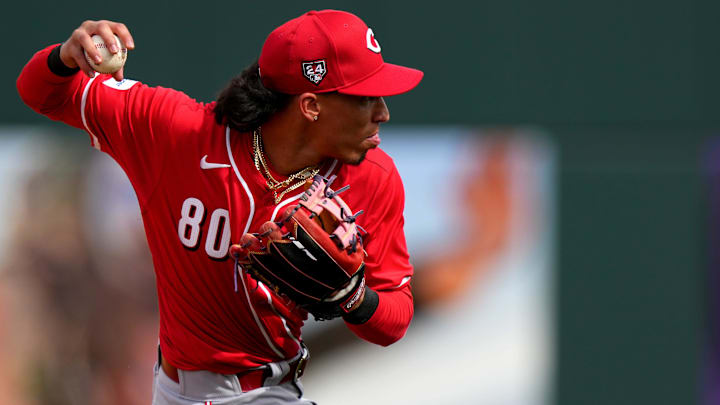
Miller emphasizes that acquiring a starter via trade may be the “path of least resistance.” Instead of entering a bidding war for expensive free agents or settling for bargain rotation pieces, the Giants can directly address their need by dealing from organizational strength. This three-team trade would give San Francisco a clearer identity heading into next season and bring immediate improvement. They would enter 2026 with a formidable starting trio: Webb, Ray, and Singer—a group capable of keeping the team firmly in contention.
Nothing is guaranteed, of course. Trades like this require multiple front offices to find equal value and agree on long-term plans. But for the Giants, the goal should be simple: stop settling for mediocrity. They can’t afford another season of being average.
Even if the proposal never moves beyond speculation, the Giants should at least initiate conversations. Call the Reds. Call the Marlins. Explore the possibilities. If the front office wants to prove that 81-81 was merely a starting point—not the ceiling—then aggressive moves like this are how they show it.
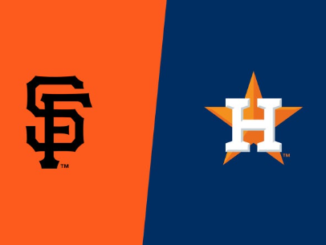
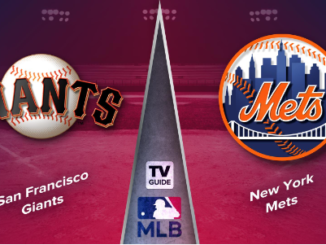
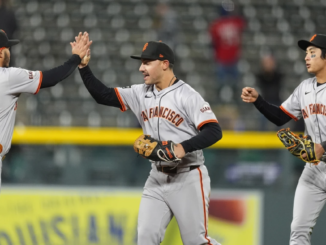
Be the first to comment